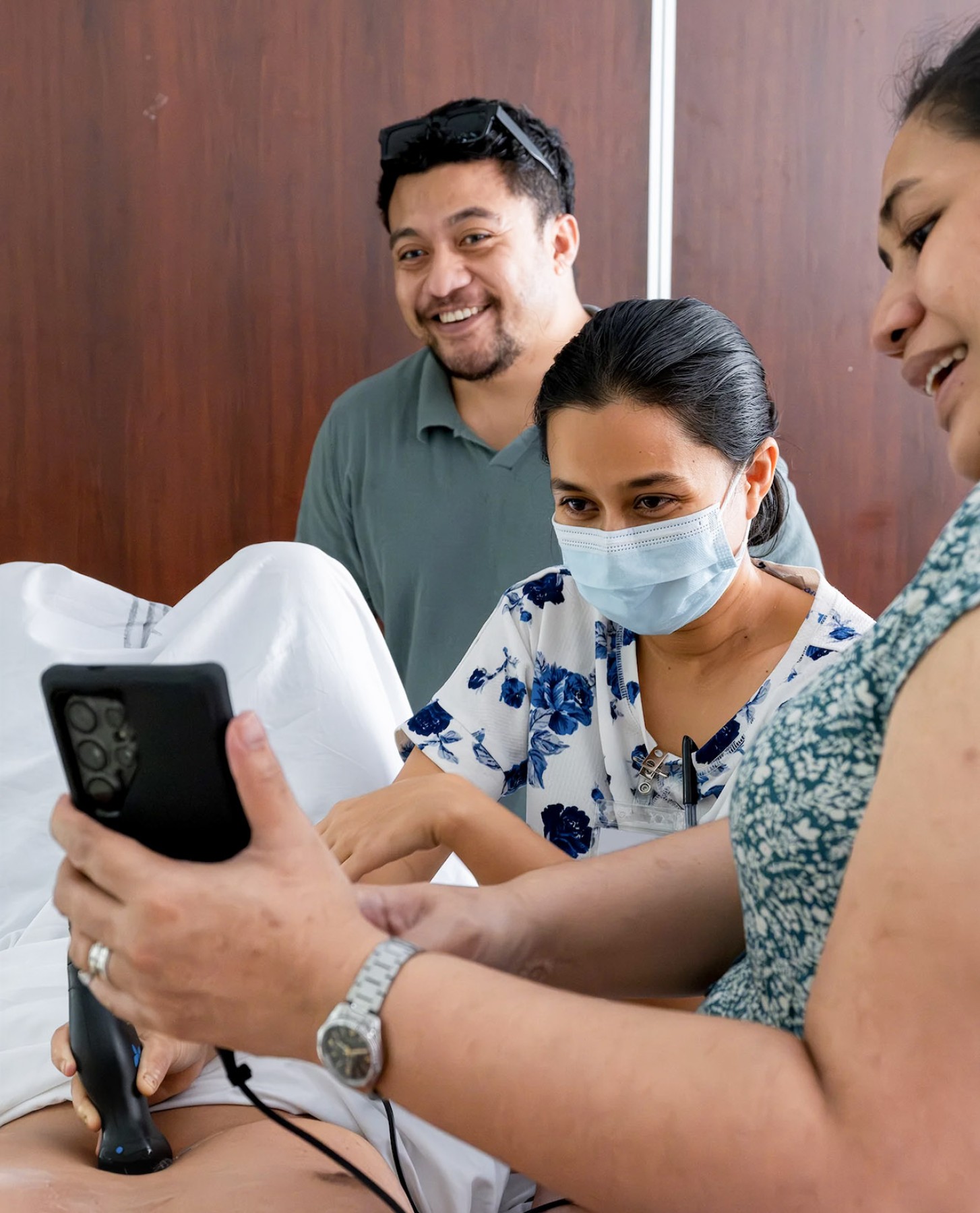The ASUM Conference brought together clinicians, educators, and innovators from across the region under the objective of advancing the use of ultrasound in clinical practice, and for Dr Paulo, the experience was both motivating and transformative.
“The ASUM Conference was honestly such a great experience. It was really motivating to be around people who are passionate about ultrasound and pushing the boundaries of how it’s used in everyday practice. The sessions were engaging and super relevant to what we’re trying to build back home in Samoa. I came back with lots of new ideas and practical skills to share.”
Dr Paulo said one of the main highlights was the opportunity to participate in hands-on workshops and connect with international experts who share a genuine interest in supporting Samoa’s emergency and critical care services.
“The highlight for me was definitely the hands-on workshops and the chance to meet so many experts who are genuinely willing to help out Samoa in the area of emergency and critical care. I got to connect with a few people who offered support for training and mentorship opportunities, which is huge for us.”
The knowledge and techniques he gained are already being applied through Samoa’s Point of Care Ultrasound for Emergency and Acute Care in Resource-Limited Settings (PEARLS) and related emergency training programmes, which were delivered in 2023 with funding support from the New Zealand Medical Treatment Scheme (NZMTS). These initiatives aim to build local clinical capacity and strengthen the quality of patient care.
“Everything I picked up ties directly into our PEARLS and emergency training programs. The scanning techniques, image quality tips, and education methods will help us strengthen local capacity and make bedside ultrasound more consistent and reliable for our patients. It’s all about improving speed, accuracy, and confidence in patient care.”
Beyond clinical practice, Dr Paulo is also exploring opportunities for research collaboration, particularly around the use of point-of-care ultrasound in low-resource settings such as Samoa.
“I’m also really keen to explore research opportunities that focus on the impact of point-of-care ultrasound in low-resource settings, especially how it improves diagnosis and outcomes in emergency and critical care in Samoa. A few experts I met were open to collaborating on potential studies, so that’s something I’m looking forward to developing further.”
Reflecting on his participation, Dr Paulo said the experience was both professionally and personally rewarding.
“Overall, it was such a worthwhile trip, a mix of learning, networking, and proudly representing Samoa in the global ultrasound space. Fa'afetai tele lava once again to PMA for supporting this great opportunity not only for me but also for everyone who will benefit from the initiatives we are and will be involved especially our patients.”
The NZMTS, funded by the New Zealand Ministry of Foreign Affairs and Trade (MFAT) and implemented by the Pasifika Medical Association Group, strengthens health systems across the Pacific by equipping health workers with the skills and experience needed to deliver high-quality care. By investing in training, the initiative helps build more resilient, responsive, and sustainable health systems across the region.
PC: World Health Organization

